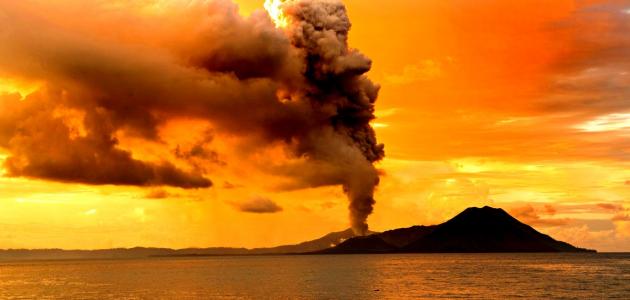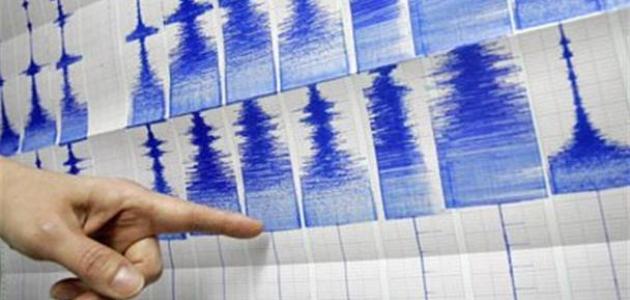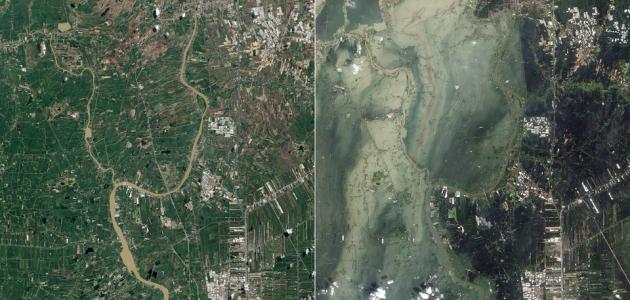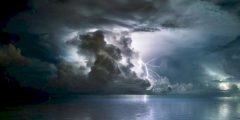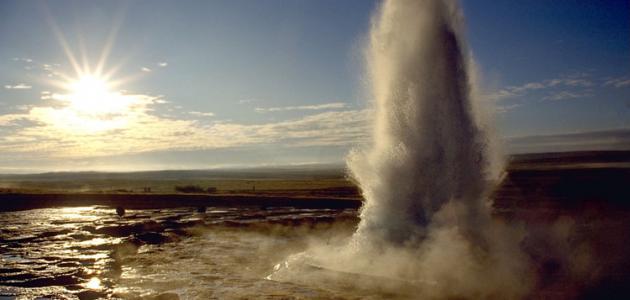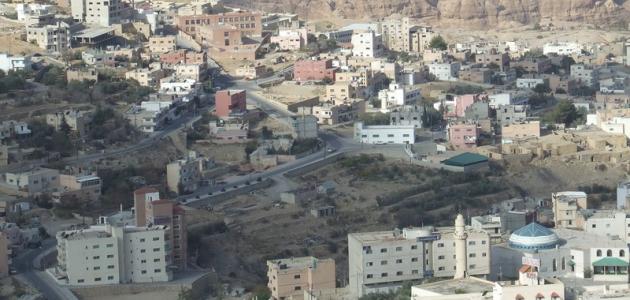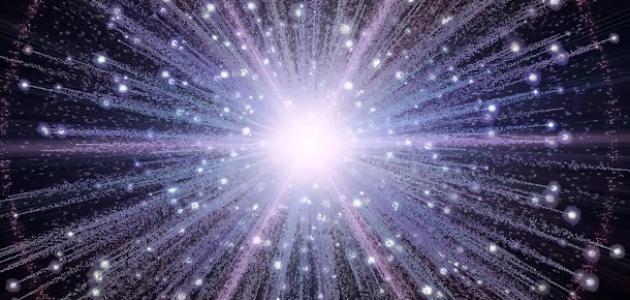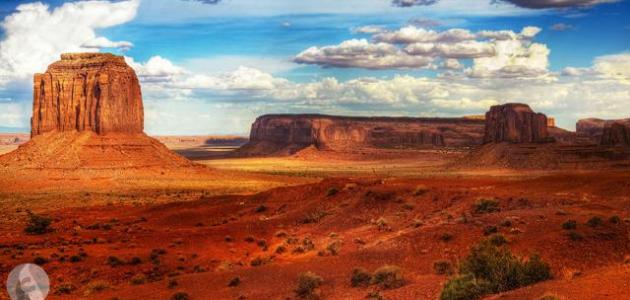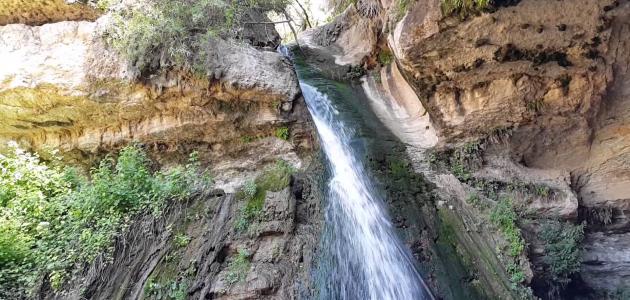How earthquakes form
Scientists attribute the main cause of earthquakes to the theory of plate tectonics. This theory is based on the fact that the Earth's lithosphere is divided into large plates larger than the continents with irregular boundaries that meet together at faults. These plates are in a state of continuous movement as they move approximately 5 centimeters per year.[ As the movement continues, the plate boundaries get closer to each other until they collide at the faults, and the edges of the rocks clash, push and press against each other without moving, which leads to the generation of enormous pressure forces that are stored in the rocks. After a period of time, the rocks break as a result of the intense accumulated pressure and release a large amount of energy. It is in the form of seismic waves outward when the earthquake occurs, and the area where the fracture occurred under the surface of the earth is called the focus of the earthquake, while the point that is located directly above the focus of the earthquake on the surface of the earth is called the epicenter of the earthquake.
Explosions caused by humans underground to create roads, tunnels, railway lines, and other road facilities, or the collapse of the walls of a mine, are other factors that may cause earthquakes. Of course, these explosions do not cause large seismic waves, and they may only be felt by people nearby. From the location of the explosion or collapse.
Read also:Where is the Great Victoria Desert located?How volcanoes form
Volcanoes are considered one of the greatest forces in nature, whose energy can exceed the largest nuclear explosion known to man. Despite their devastating effects, geologists believe that they are responsible for the formation of more than 90% of the continents and oceans during the millions of years in which they exploded, and released large quantities of Huge amounts of vapors and gases that formed the air and water and enabled humans to live on the surface of the Earth.
Molten rocks in the interior of the Earth, which are full of gases and are known as magma, gradually rise towards the surface of the Earth because they are less dense than the solid rocks surrounding them, until they reach a depth where they are under intense pressure due to the rocks surrounding them, and this pressure leads to Until the gases in it come out in the form of bubbles and begin to form a separate layer above it, then the volcanic eruption takes two main patterns depending on the viscosity of the magma, which are as follows:]Flow eruption: (English: Effusive Eruption); This eruption occurs when the viscosity of the magma is low, as most of the gases in it rise, forming a layer above it. When the magma reaches the surface, gas bubbles flow and expand smoothly into the atmosphere. As for the magma, it flows over the edges of the volcano in the form of lava (in English: lava). It is magma that has reached the surface.
Explosive eruption: (in English: Explosive Eruption); This eruption occurs when the viscosity of the magma is high, then gases collect and are trapped inside it, which leads to a significant increase in its pressure. When the magma reaches the surface, the pressure of the gases is higher than the atmospheric pressure, so it explodes with great force, and this explosion produces rocks and volcanic volcanic materials (in English : pyroclastic).
Read also:The most important characteristics of the four seasonsThe relationship between earthquakes and volcanoes
The movement of most earthquakes and volcanoes is concentrated at the boundaries of tectonic plates. Although most earthquakes occur as a result of the movement of these plates, some of them are related to volcanic activities. This is explained by the fact that during the movement of magma in the interior of the Earth, it exerts intense pressure on the rocks around it, which leads to It cracks and thus earthquakes occur. Volcanic earthquakes take two main patterns, which are as follows:Volcano-tectonic earthquake: (in English: volcano-tectonic earthquake); This type of earthquake occurs as a result of the continuous movement of magma within the cracks between the rocks in the ground. When the magma moves upward, the cracks that were filling at the bottom are left empty. The rocks slide as a result of this void and the area above them falls, leading to an earthquake. It is worth noting. This type of earthquake is not related to a volcanic eruption, but it may occur at any time. Long-lasting earthquakes: (in English: long period earthquakes); This type of earthquake precedes the volcanic eruption and heralds its presence. Before the volcanic eruption, when the magma moves upward, it creates intense pressure on the rocks surrounding it, which leads to their cracking. A small earthquake occurs every time a crack occurs, and the process of creating cracks and the tremors that accompany them continues until The magma reaches the crater of the volcano and an explosion occurs. These successive and continuous tremors are called volcanic tremors, which scientists use to warn of a nearby volcanic eruption by measuring them with a seismograph.
Read also:Names of the plains of Palestine